Georgian Pearl & Enamel Bacchante Cameo Brooch
Georgian Pearl & Enamel Bacchante Cameo Brooch
$5,300.00
Description
DATE: Georgian, c.1801
An outstanding Georgian cameo brooch featuring the most wonderful Bacchante in unusually high relief. The mount is French (the cameo's Italian) and the quality is remarkable, an intricate foliate black enamel border with a halo of natural pearls set back from the stone, larger pearls at each of the four compass points. The cameo is perfectly executed, the bust carved from a white seam, rising over a centimetre above the grey agate background. The detail, particularly to the hair, grapes, and vine leaves is really quite spectacular, and it's dated to the reverse 25.09.01 (for 25th of September 1801). Modelled in 18 karat gold with French hallmarks.
Bacchantes (aka Bassarids, Bacchae, Baccanti, or in the Greek tradition Maenads) were followers of Bacchus (or Dionysus in Greek). Often portrayed in a state of ecstatic frenzy through a combination of dancing and wine, dressed in fawn skins and carrying thyrsi - a long stick wrapped in ivy vines and leaves, and topped with either a pine cone or bunch of grapes and vine leaves, associated with Bacchus and his followers. The thyrsus is not only a potent symbol of prosperity, fertility, hedonism, and general pleasure, but,, according to Diodorus, Bacchus converted the thyrsi he and his followers carried into weapons, concealing an iron point in the head of the leaves. Ovid described such thyrsi as "spear[s] enveloped in vine-leaves" and the point was said to incite madness.
The Bacchanalia was the main rite associated with the worship of Bacchus, god of wine. These revelries were characterised by maniacal dancing to crashing symbols and music played as loud as possible. The Baccanti screamed, writhed, whirled, and imbibed, frantically trying to achieve such an extreme state of ecstasy that their souls were temporarily freed from the earthly bodies enabling direct commune with Bacchus himself; a tantalising glimpse of what they would go on to experience in eternity.
In his 1965 book Dionysus: Myth and Cult, German philologist Walter Friedrich Otto writes a wonderfully evocative overview of Eurpipdes' play The Bacchae:
"The Bacchae of Euripides gives us the most vital picture of the wonderful circumstance in which, as Plato says in the Ion, the god-intoxicated celebrants draw milk and honey from the streams. They strike rocks with the thyrsus, and water gushes forth. They lower the thyrsus to the earth, and a spring of wine bubbles up. If they want milk, they scratch up the ground with their fingers and draw up the milky fluid. Honey trickles down from the thyrsus made of the wood of the ivy, they gird themselves with snakes and give suck to fawns and wolf cubs as if they were infants at the breast. Fire does not burn them. No weapon of iron can wound them, and the snakes harmlessly lick up the sweat from their heated cheeks. Fierce bulls fall to the ground, victims to numberless, tearing female hands, and sturdy trees are torn up by the roots with their combined efforts."
STONES
Hardstone Agate
MEASUREMENTS
5.5 x 4.8cm
WEIGHT
42.6g
MARKS
French hallmarks for 18k gold
CONDITION
Excellent
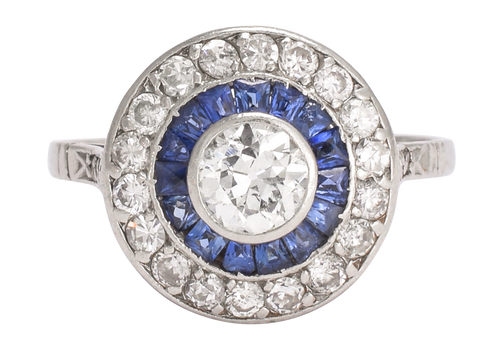
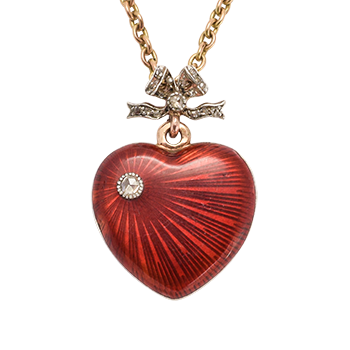
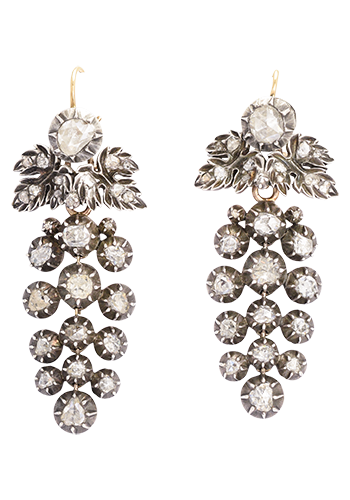
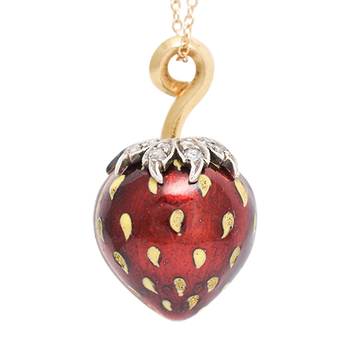
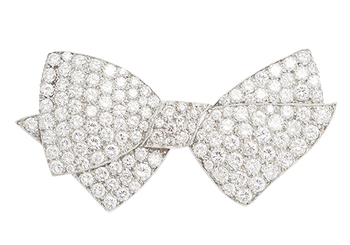
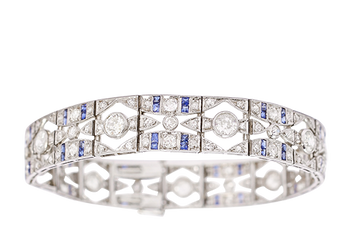
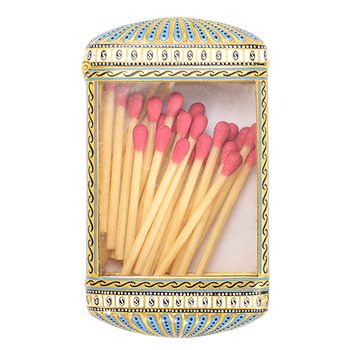
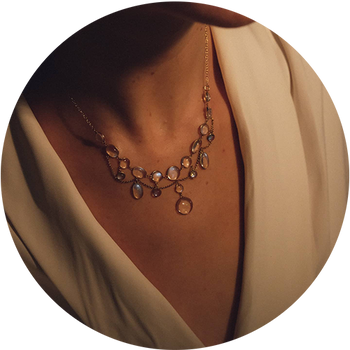
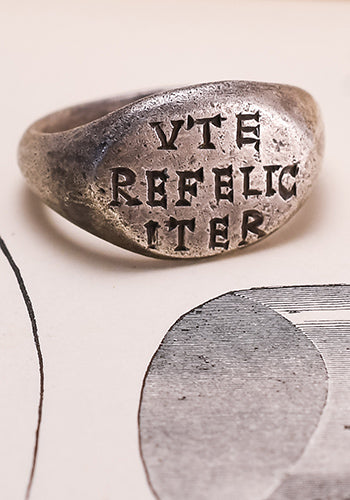
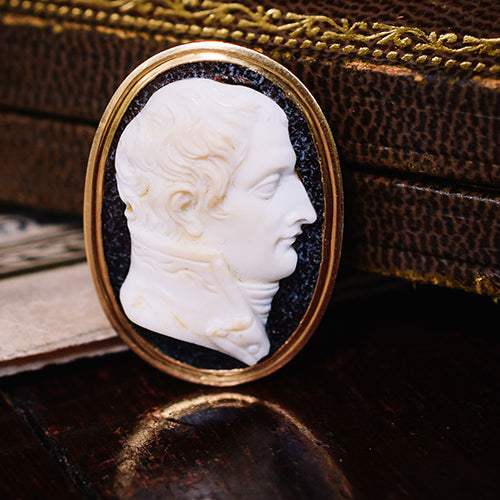
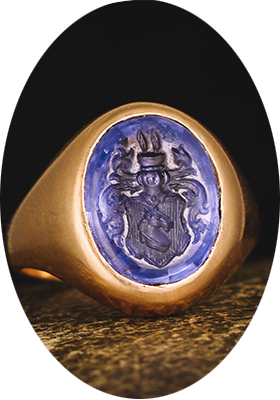
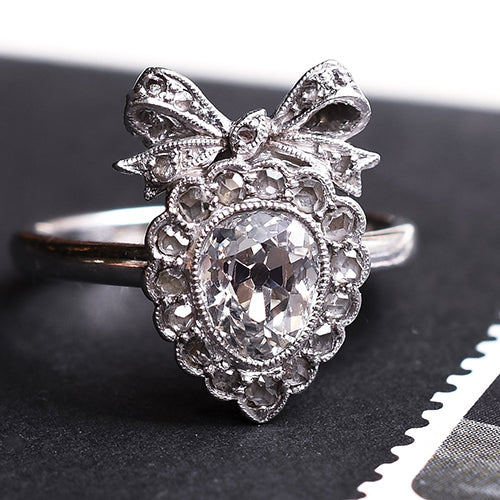
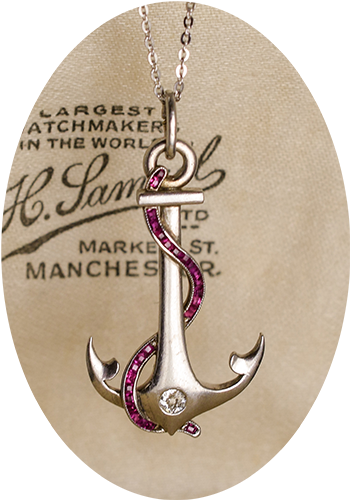
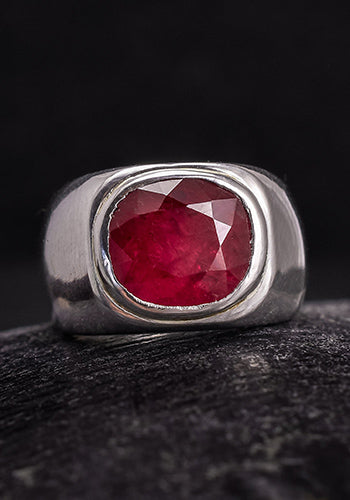
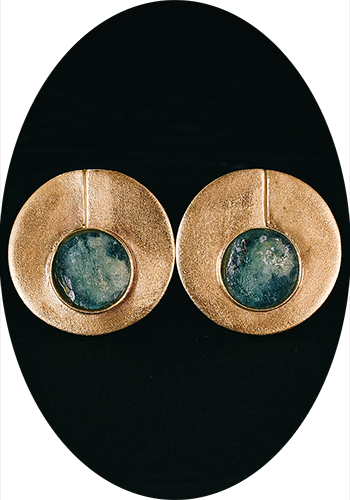









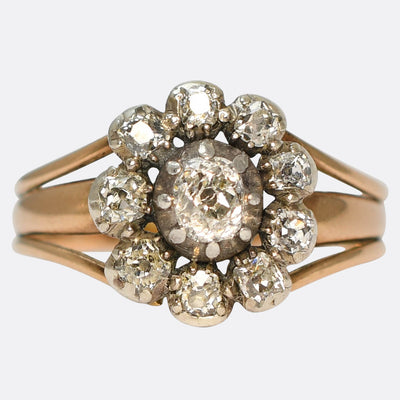
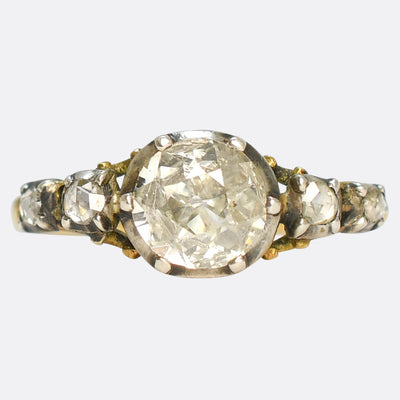
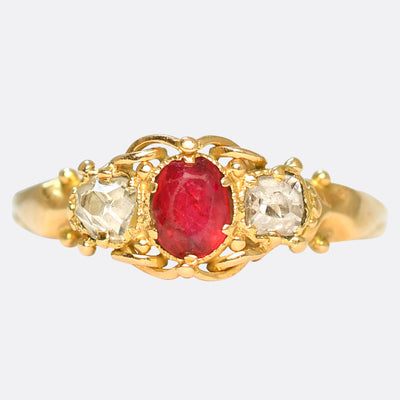
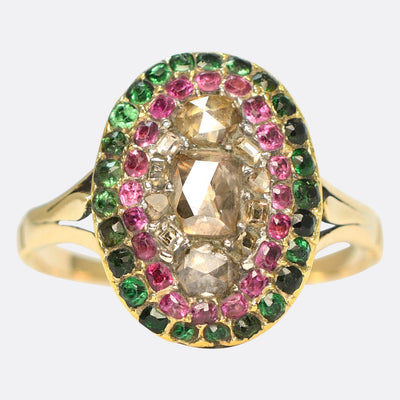
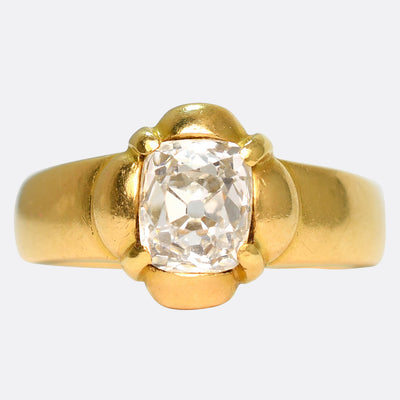
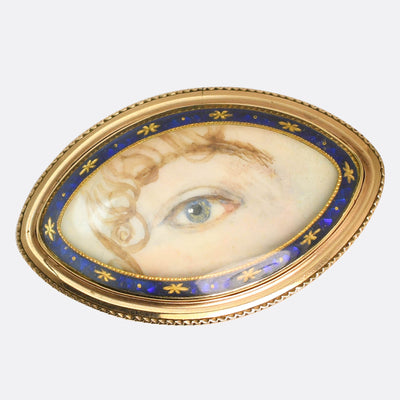
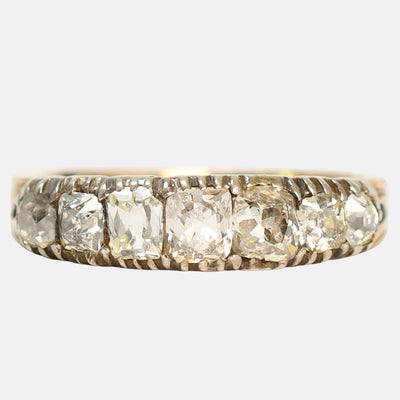
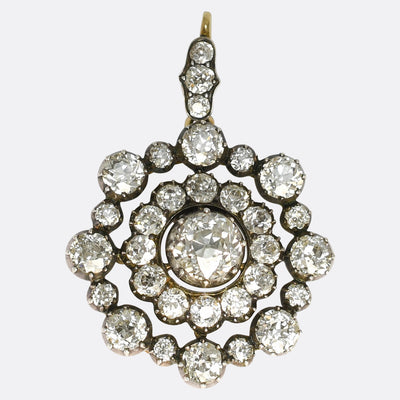
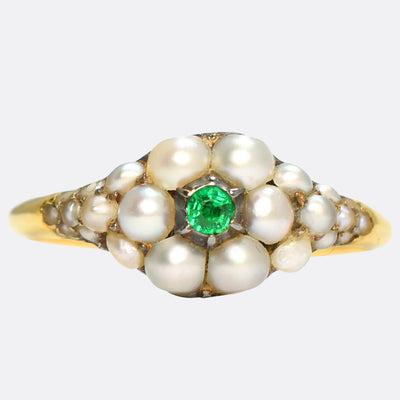
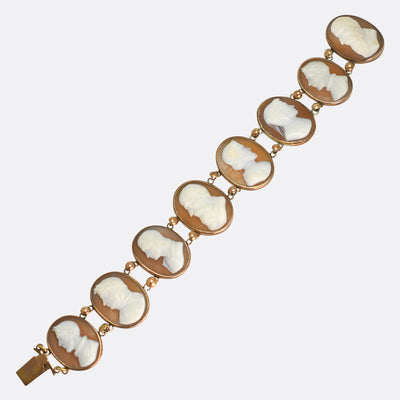
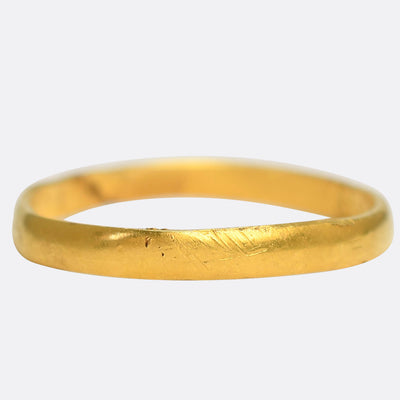
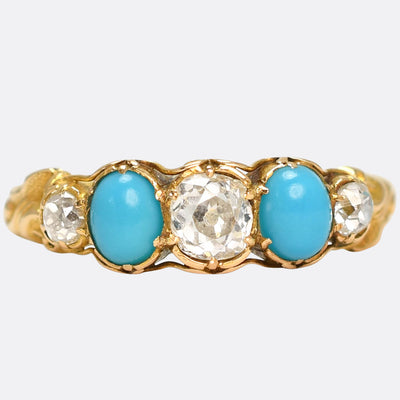
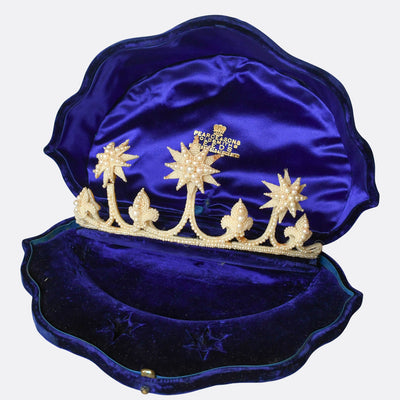
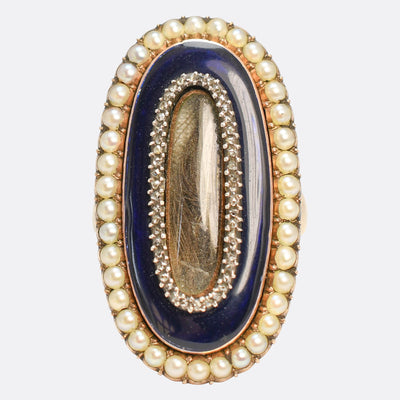
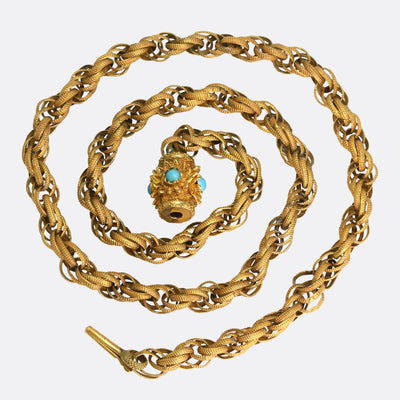
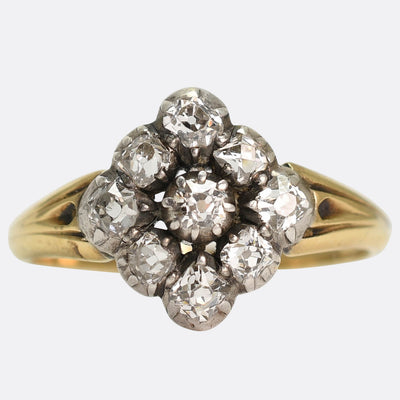
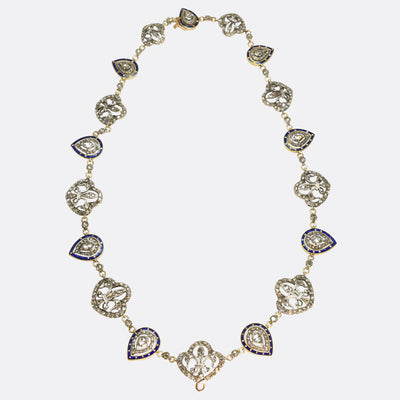
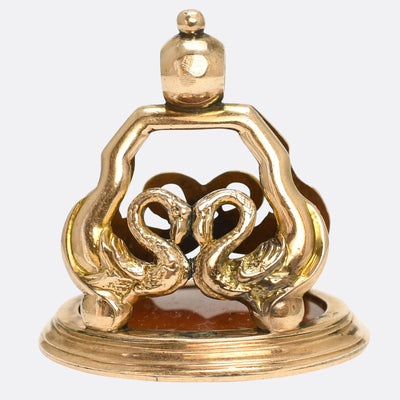
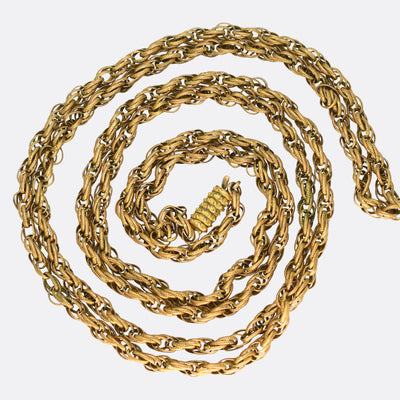
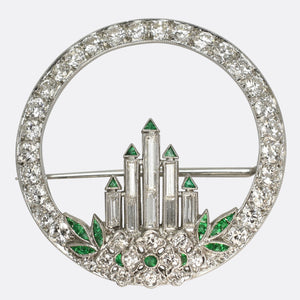
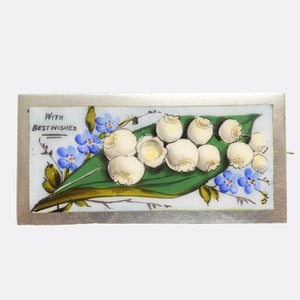
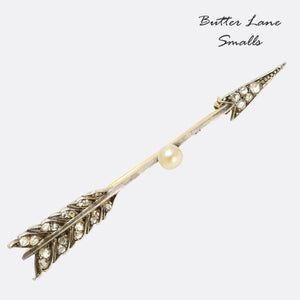
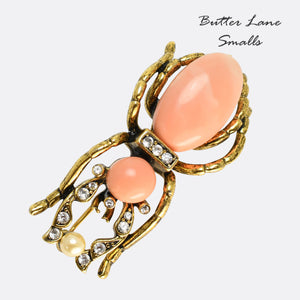
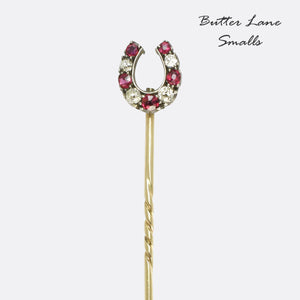
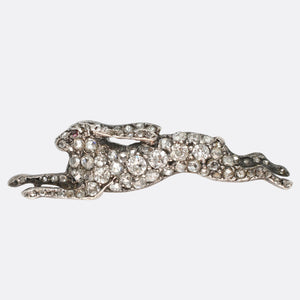
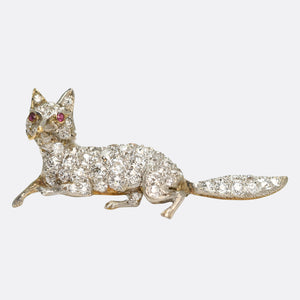
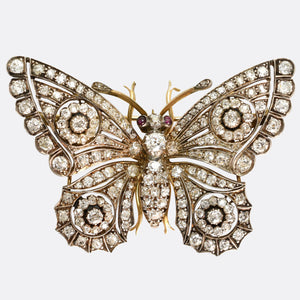
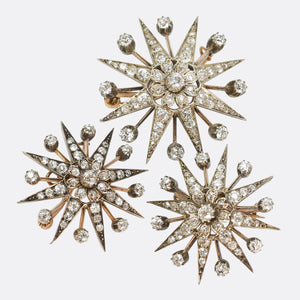
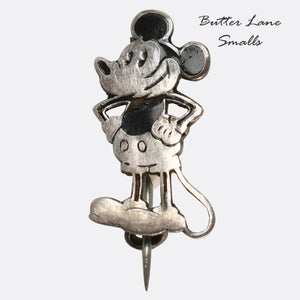
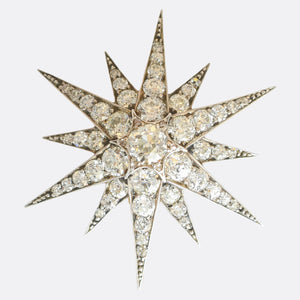
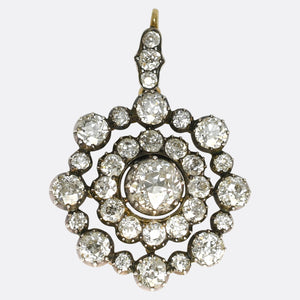
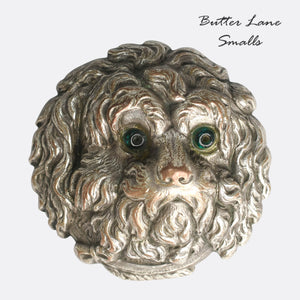
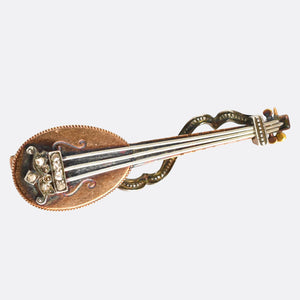
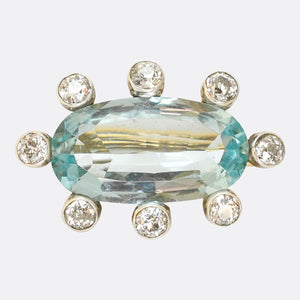
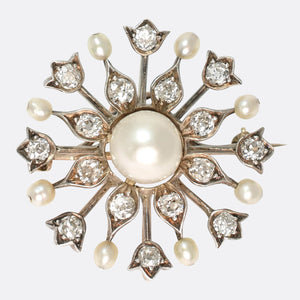
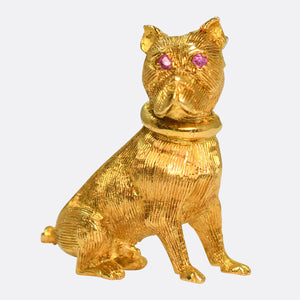
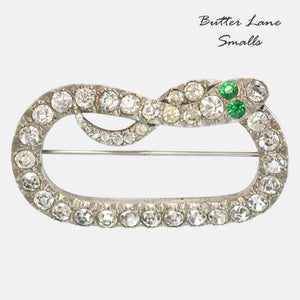
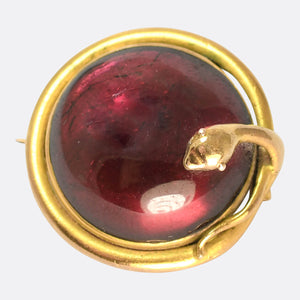
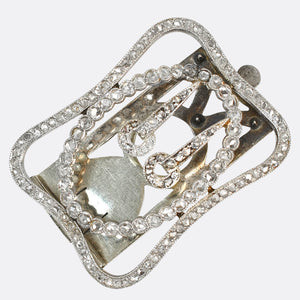
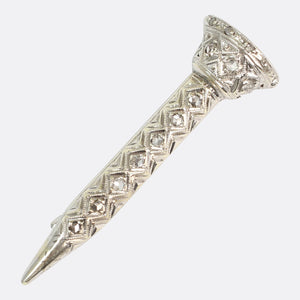
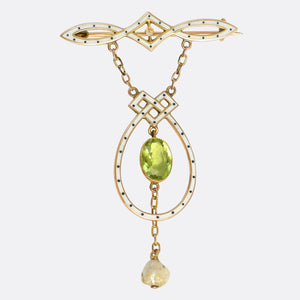
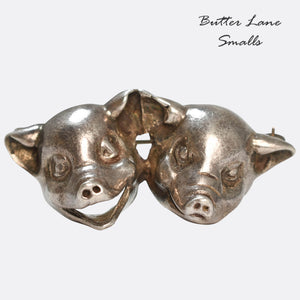
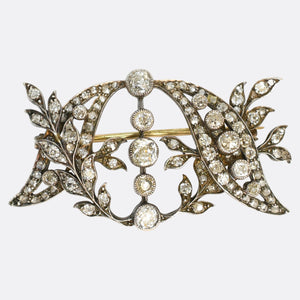
Follow Us
Dealing Podcast blog instagram TikTok facebook